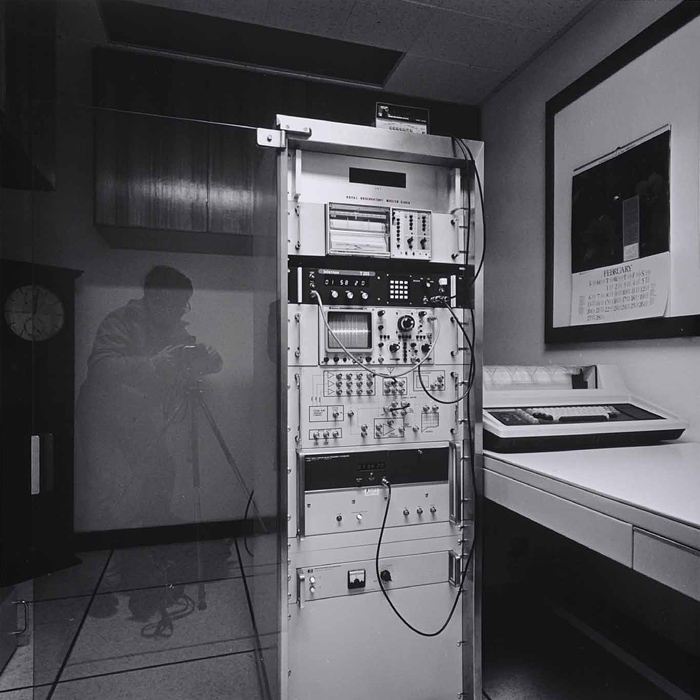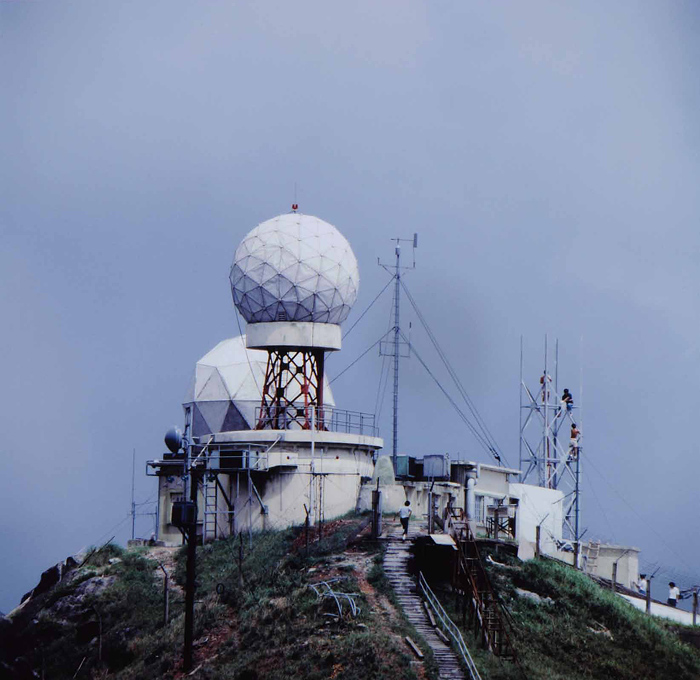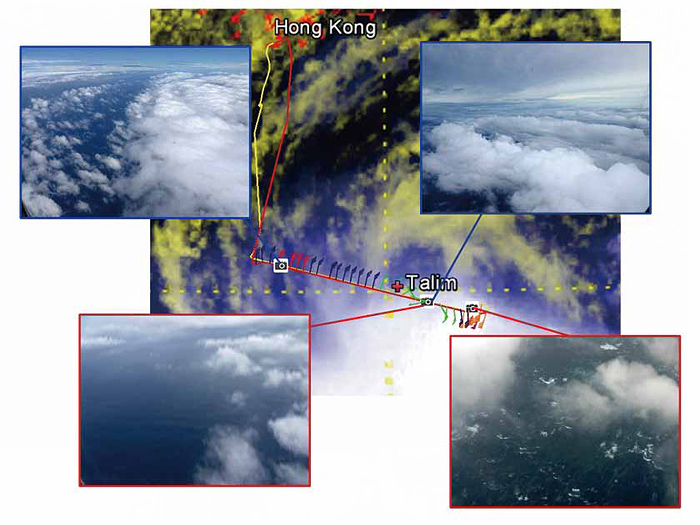HKO - Under the Same Sky 130 Years - Display Area 9
Display Area 9 : Post-war Regeneration - Scientific Innovation
Display Area Introduction
In the post-war decades, the population in Hong Kong expanded rapidly, accompanied by urban growth and rampant economic development. Plans for new towns and large infrastructure projects are attributable to the detailed climate information provided by the Observatory so that feasibility studies could be carried out.
With the global advancement of meteorological science and technology, the Observatory continuously introduced advanced technologies, such as radar and satellites, for strengthening its ability to monitor adverse weather. In parallel with the rapid population growth and the development of new towns, the Observatory expanded its observation network to cover the entire expanse of Hong Kong Island, Kowloon and the New Territories. A lot of weather observations that had previously been conducted manually were automated to increase efficiency.
Observatory staff spare no effort in innovations, improving observation and forecast techniques applicable to Hong Kong. These achievements have raised the status of the Observatory regionally and internationally and have garnered it recognition with various awards.
The Observatory's first state-of-the-art caesium beam atomic clock installed in 1980 for determining the Hong Kong Standard Time and provision of local time service.

The first digital weather radar of the Hong Kong Observatory was installed at Tate's Cairn in 1983.

Since 2011, the Observatory has collaborated with the Government Flying Service to use its fixed-wing aircraft for collecting meteorological data of tropical cyclones affecting the northern part of the South China Sea. The data collected are useful for storm position and intensity analysis.

Data and photographs taken during the flight of the fixed-wing aircraft into Severe Tropical Storm Talim on 19 June 2012.
